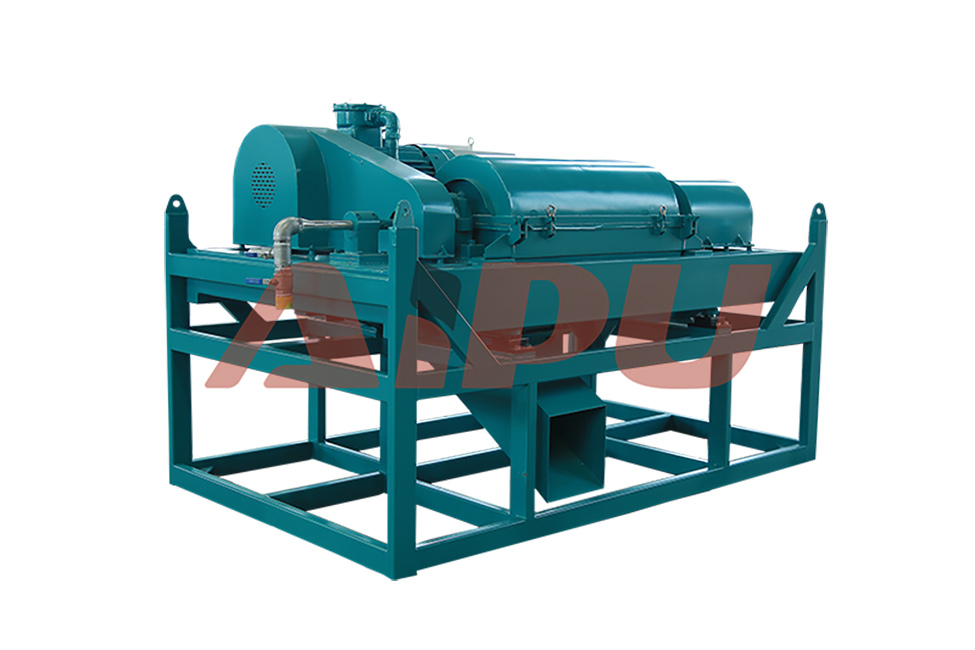An Innovative Breakthrough in Drilling Operations
In a world grappling with environmental degradation and resource scarcity, cutting waste has become an imperative. This article delves into various aspects of waste reduction, offering practical insights and strategies.
Understanding the Types of Waste
Waste comes in different forms, each with its own set of challenges. Solid waste includes items like packaging materials, old furniture, and electronics. These often end up in landfills, taking up valuable space and releasing harmful chemicals over time. Liquid waste, such as industrial effluents and sewage, can contaminate water sources and harm aquatic life. Gaseous waste, emitted from factories and vehicles, contributes to air pollution and climate change. By understanding these types, we can better target our waste - cutting efforts.
Waste Reduction at Home
Home is where we can make a significant impact on waste reduction. First, we can adopt the 3Rs principle: reduce, reuse, and recycle. When shopping, choose products with minimal packaging or those made from recyclable materials. Reusable items like cloth bags, stainless - steel water bottles, and glass food containers can replace single - use plastics. For items that are no longer needed, consider donating them to local charities or selling them in a garage sale instead of throwing them away. Composting is another effective way to cut waste at home. Food scraps and yard waste can be turned into nutrient - rich soil for gardening, reducing the amount of organic waste sent to landfills.
Business and Industrial Waste Management
Businesses and industries are major contributors to waste generation. However, they also have the potential to implement large - scale waste reduction strategies. Companies can optimize their production processes to minimize waste. For example, manufacturing plants can recycle and reuse raw materials, reducing the need for virgin resources. Retailers can encourage customers to bring their own bags and offer incentives for doing so. Additionally, businesses can invest in waste - to - energy technologies, which convert waste into usable energy, providing a sustainable solution for waste management.
Community - Level Initiatives
Community - level initiatives play a crucial role in cutting waste. Local governments can organize recycling programs and provide accessible recycling bins in public areas. Community clean - up events can also raise awareness about waste issues and encourage residents to take action. Educational campaigns in schools and community centers can teach people about the importance of waste reduction and how to implement it in their daily lives. Neighborhood composting projects can be established, allowing residents to share the benefits of composting on a larger scale. By working together at the community level, we can achieve more significant waste - cutting results.
Cutting waste is a multifaceted challenge that requires individual, business, and community efforts. By understanding the types of waste, implementing waste - reduction strategies at home, improving business waste management, and participating in community initiatives, we can move towards a more sustainable future with less waste.

Understanding the Types of Waste
Waste comes in different forms, each with its own set of challenges. Solid waste includes items like packaging materials, old furniture, and electronics. These often end up in landfills, taking up valuable space and releasing harmful chemicals over time. Liquid waste, such as industrial effluents and sewage, can contaminate water sources and harm aquatic life. Gaseous waste, emitted from factories and vehicles, contributes to air pollution and climate change. By understanding these types, we can better target our waste - cutting efforts.
Waste Reduction at Home
Home is where we can make a significant impact on waste reduction. First, we can adopt the 3Rs principle: reduce, reuse, and recycle. When shopping, choose products with minimal packaging or those made from recyclable materials. Reusable items like cloth bags, stainless - steel water bottles, and glass food containers can replace single - use plastics. For items that are no longer needed, consider donating them to local charities or selling them in a garage sale instead of throwing them away. Composting is another effective way to cut waste at home. Food scraps and yard waste can be turned into nutrient - rich soil for gardening, reducing the amount of organic waste sent to landfills.
Business and Industrial Waste Management
Businesses and industries are major contributors to waste generation. However, they also have the potential to implement large - scale waste reduction strategies. Companies can optimize their production processes to minimize waste. For example, manufacturing plants can recycle and reuse raw materials, reducing the need for virgin resources. Retailers can encourage customers to bring their own bags and offer incentives for doing so. Additionally, businesses can invest in waste - to - energy technologies, which convert waste into usable energy, providing a sustainable solution for waste management.
Community - Level Initiatives
Community - level initiatives play a crucial role in cutting waste. Local governments can organize recycling programs and provide accessible recycling bins in public areas. Community clean - up events can also raise awareness about waste issues and encourage residents to take action. Educational campaigns in schools and community centers can teach people about the importance of waste reduction and how to implement it in their daily lives. Neighborhood composting projects can be established, allowing residents to share the benefits of composting on a larger scale. By working together at the community level, we can achieve more significant waste - cutting results.
Cutting waste is a multifaceted challenge that requires individual, business, and community efforts. By understanding the types of waste, implementing waste - reduction strategies at home, improving business waste management, and participating in community initiatives, we can move towards a more sustainable future with less waste.








